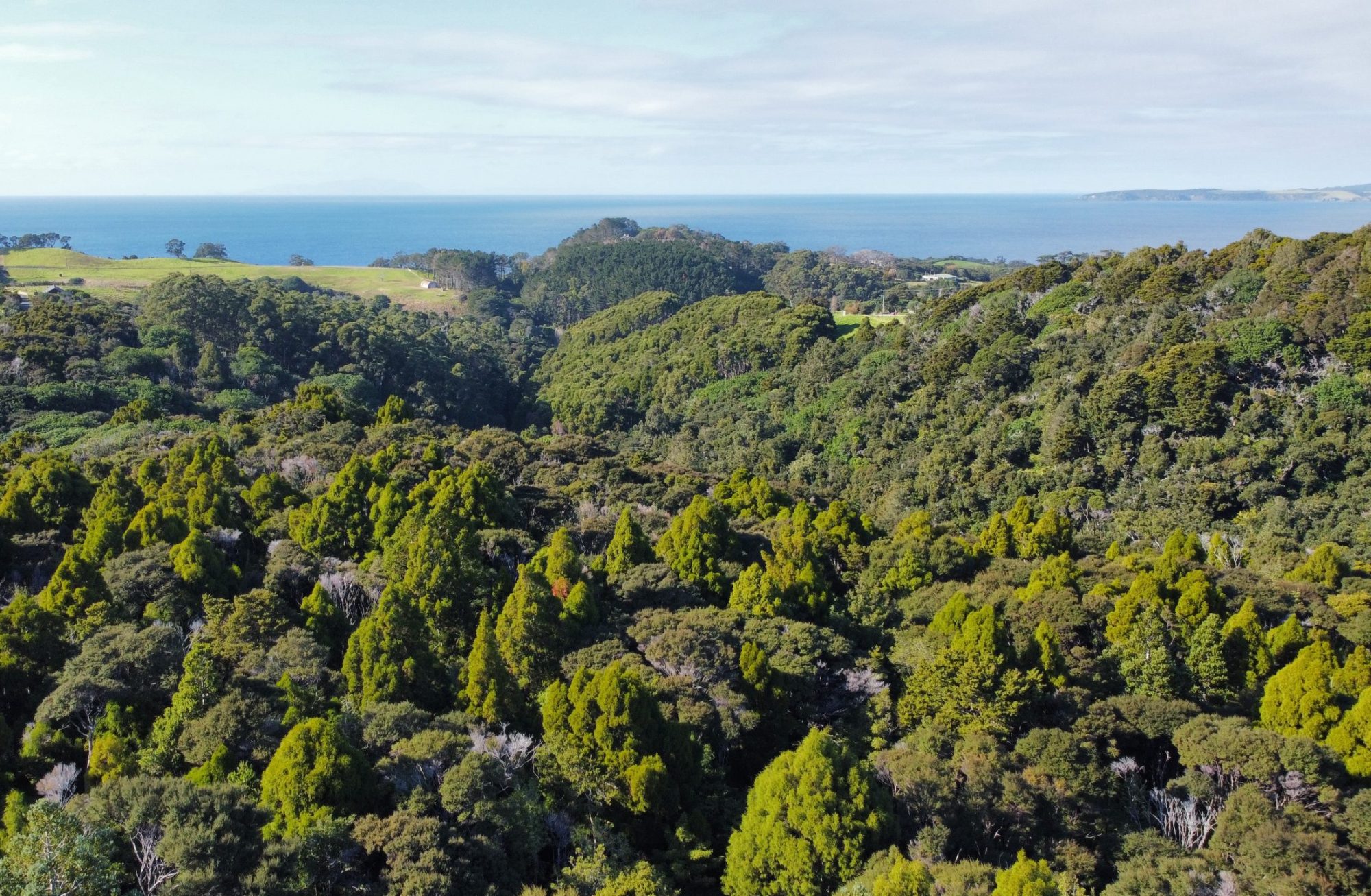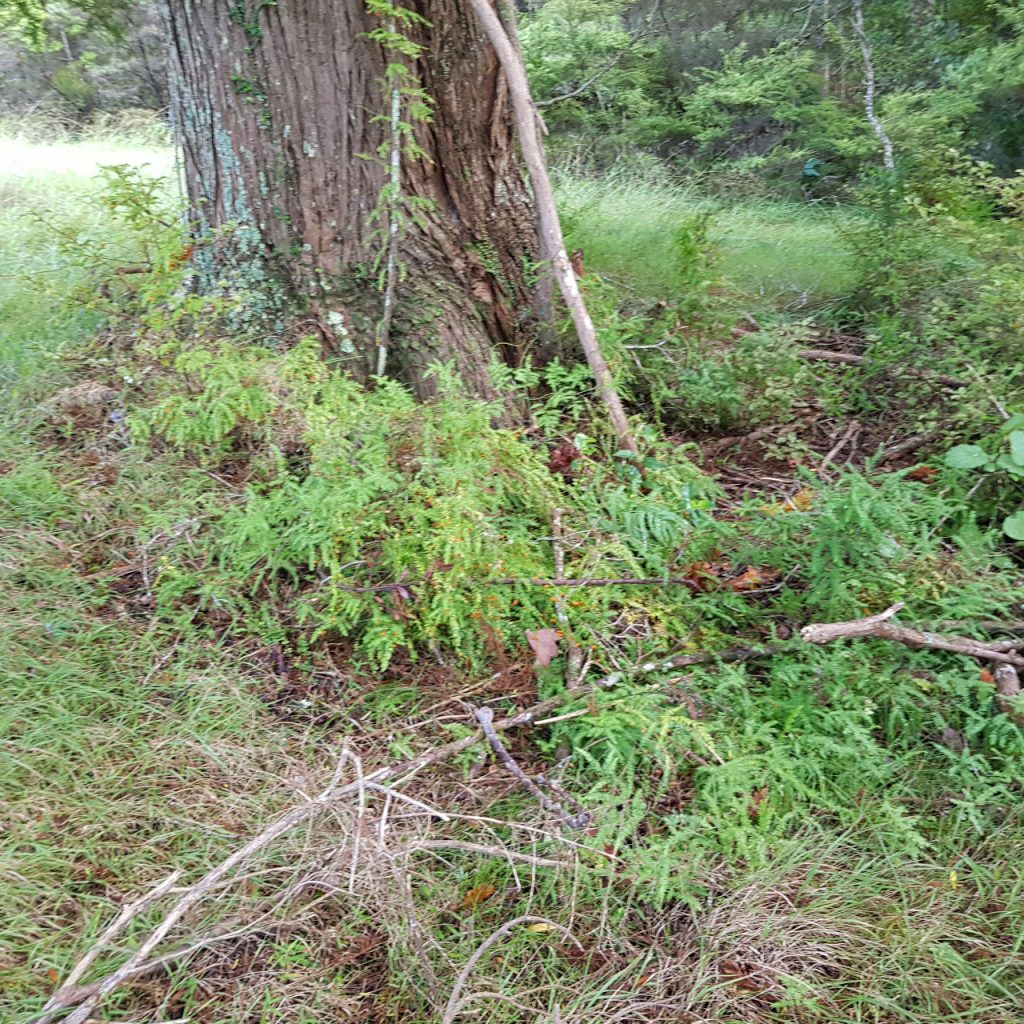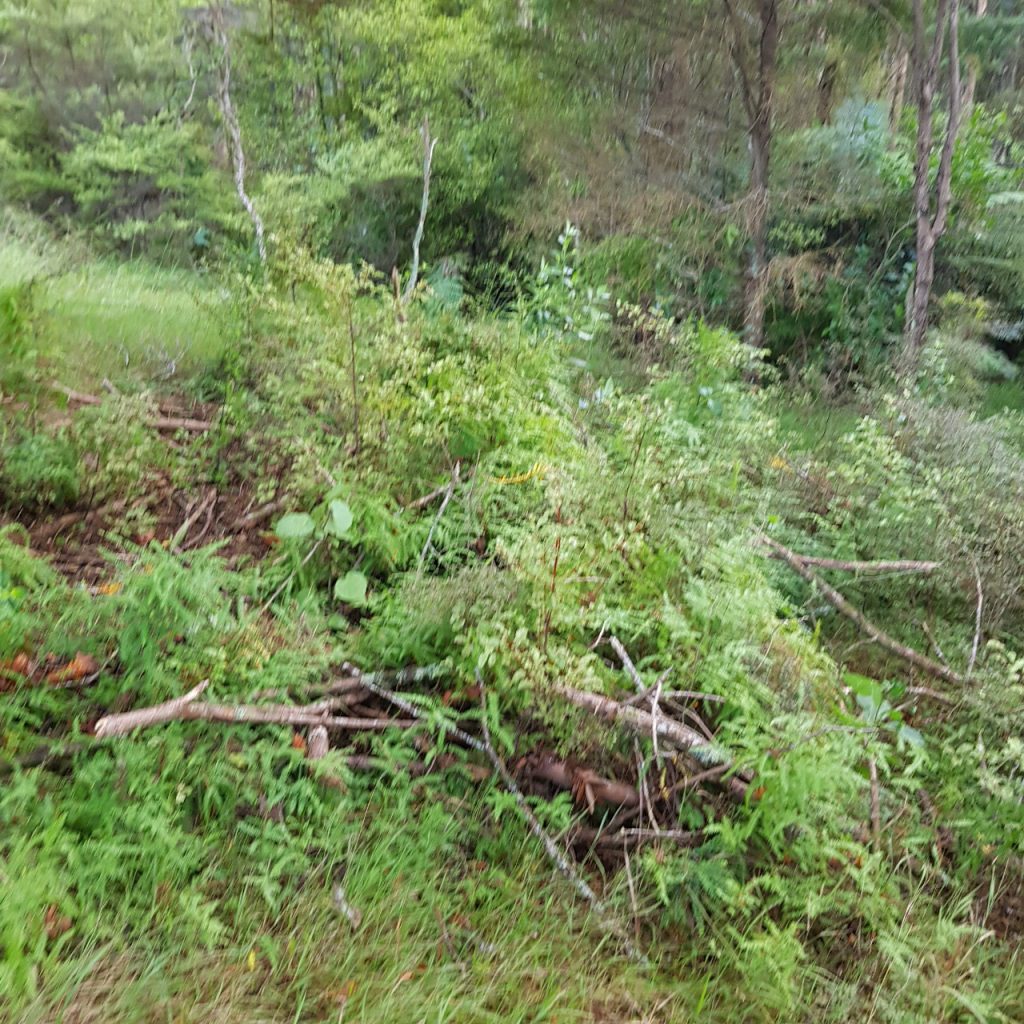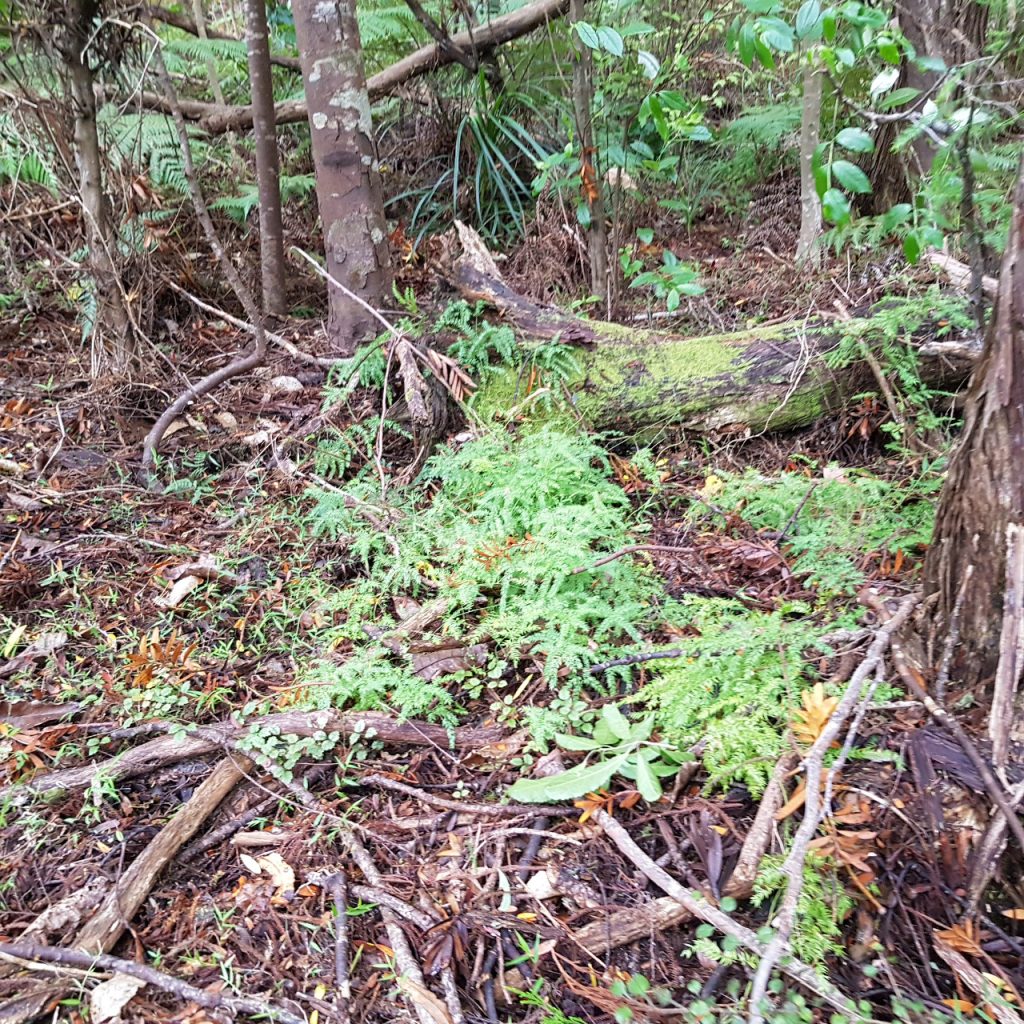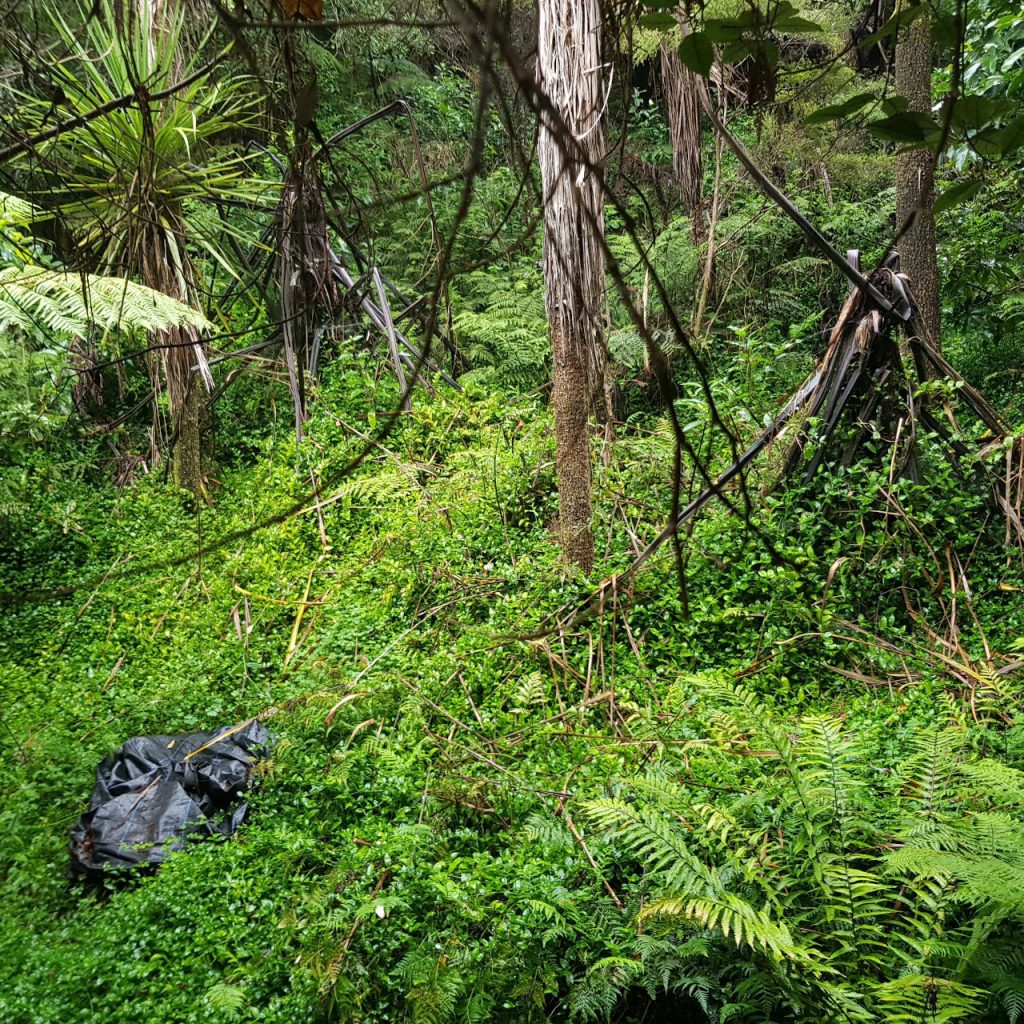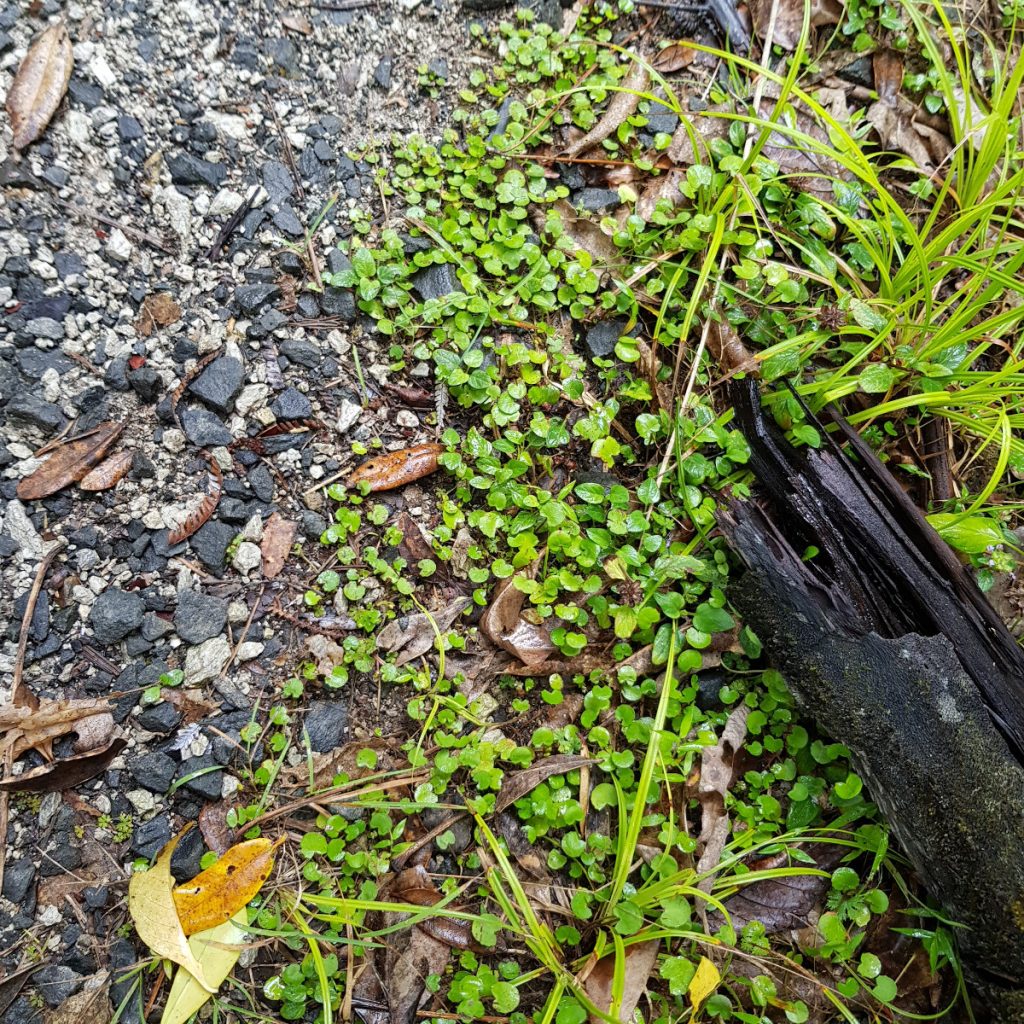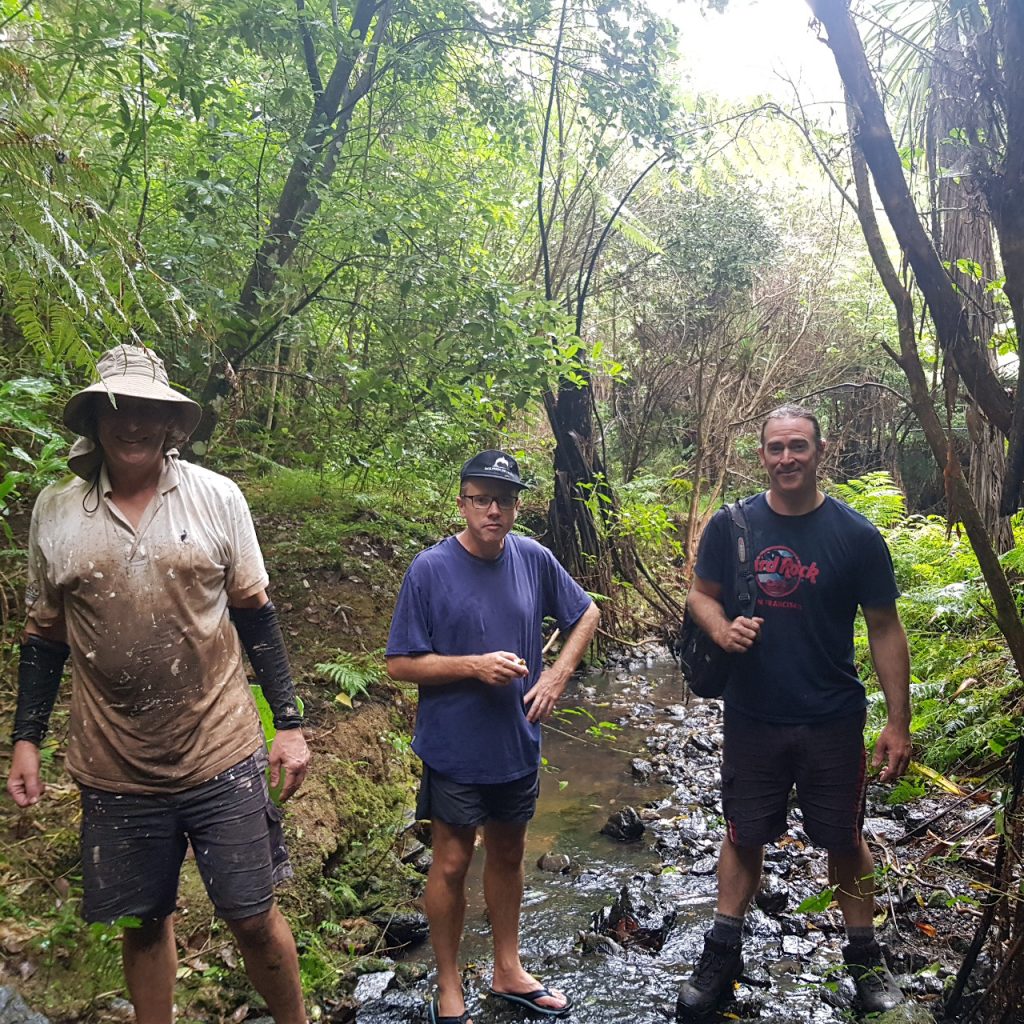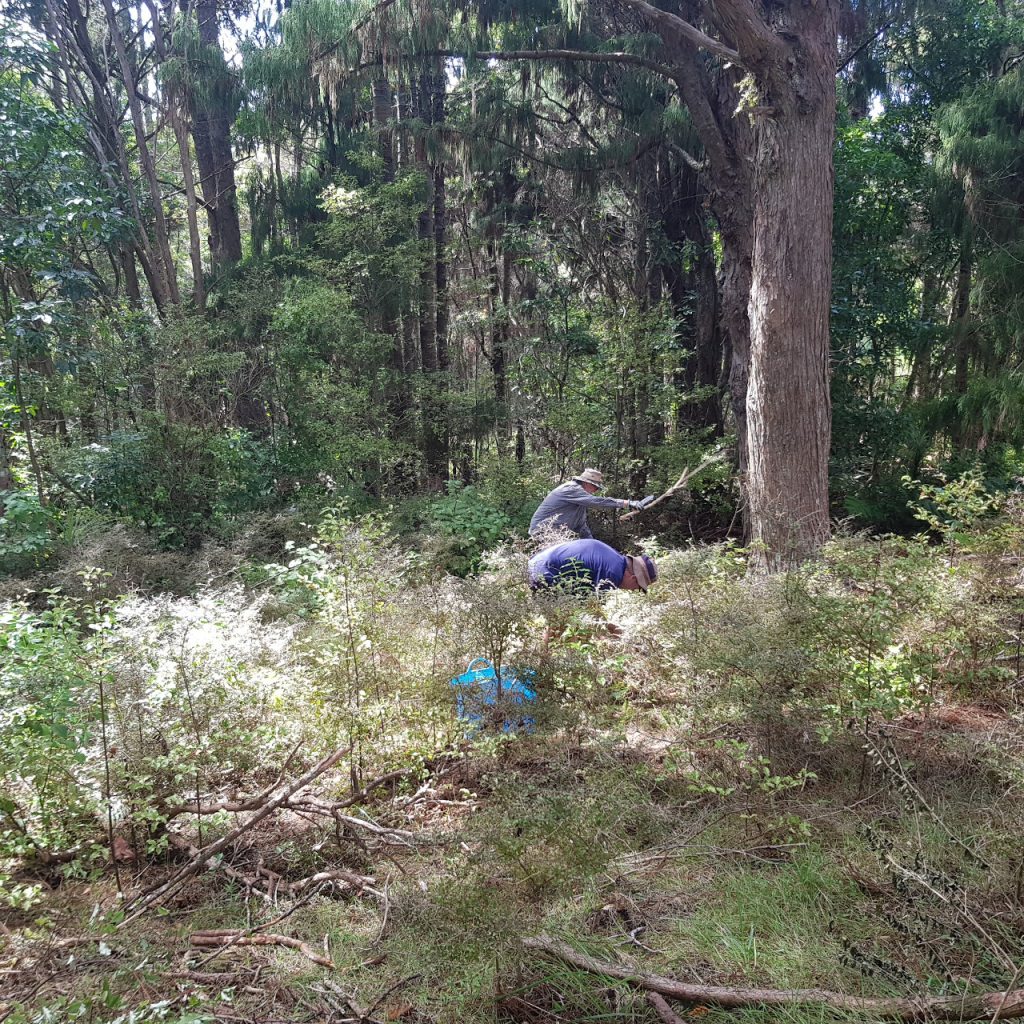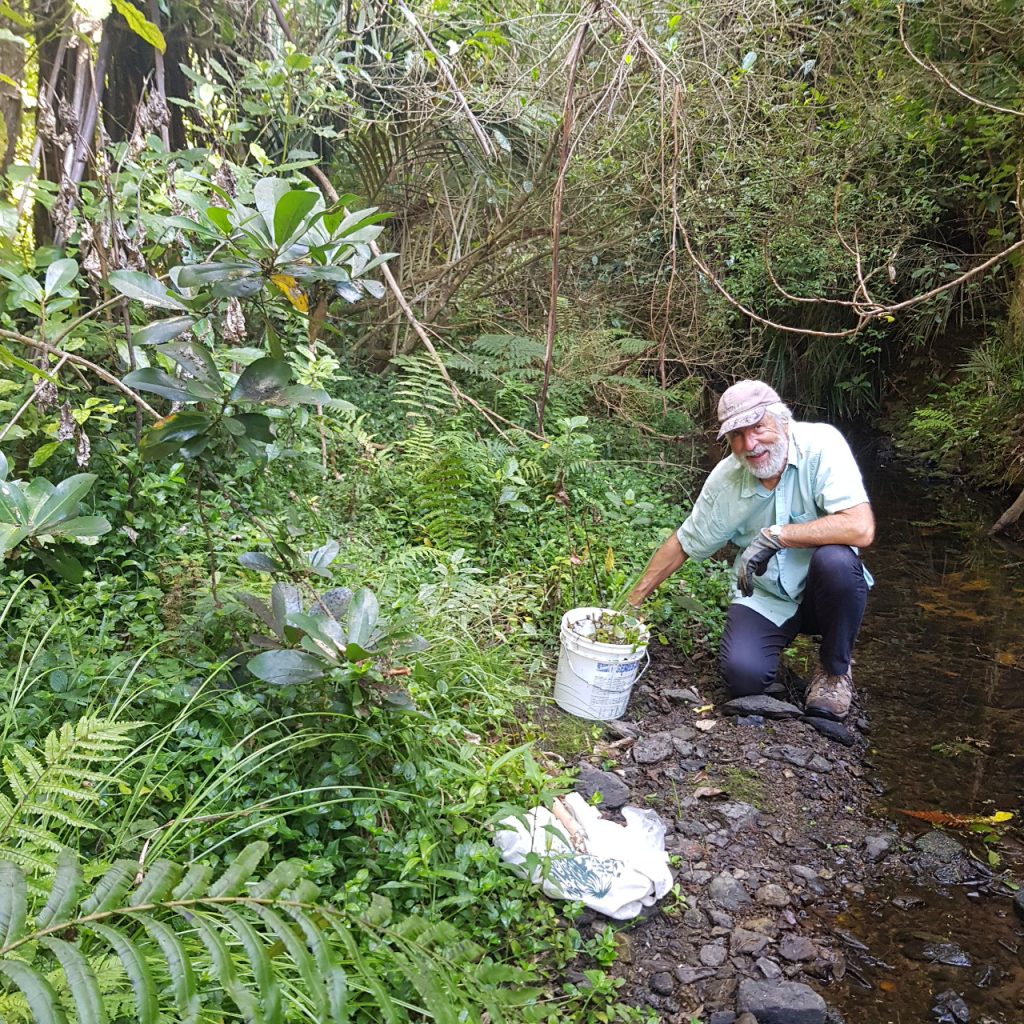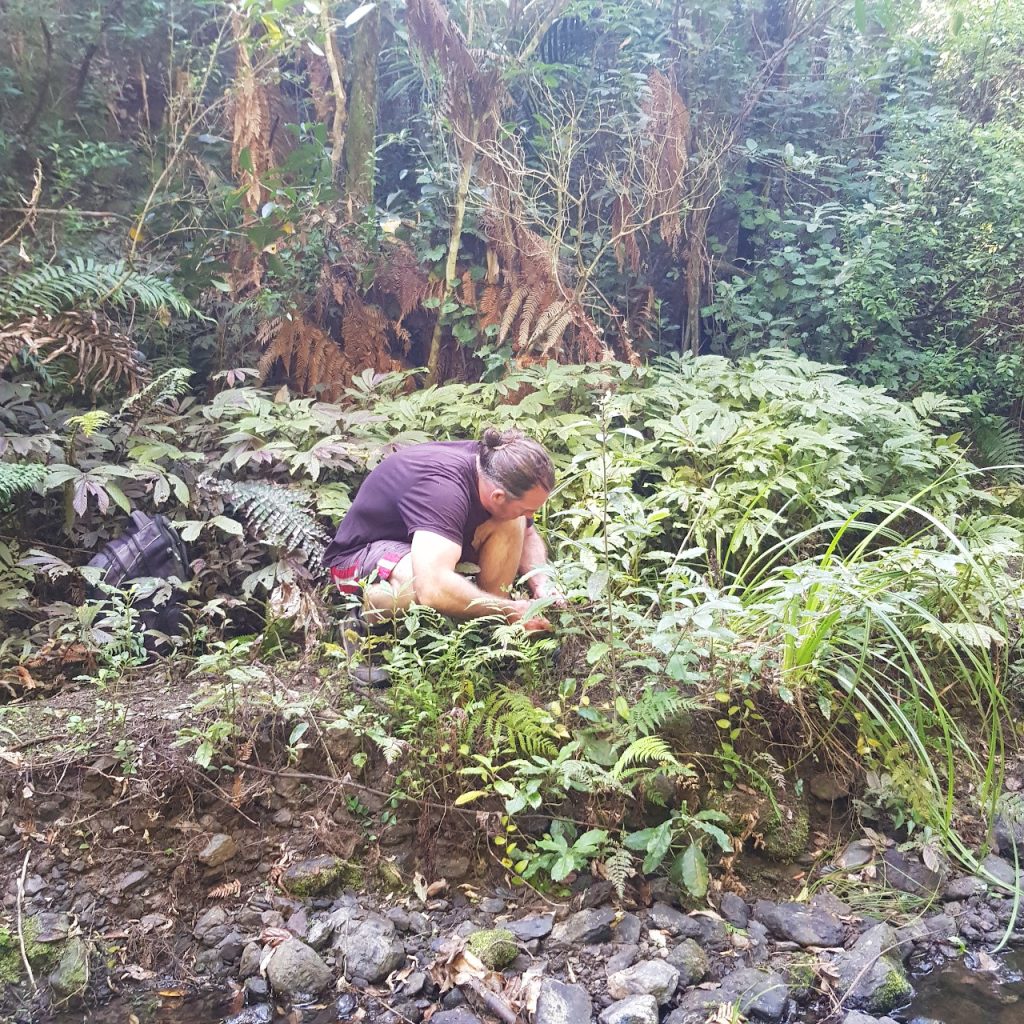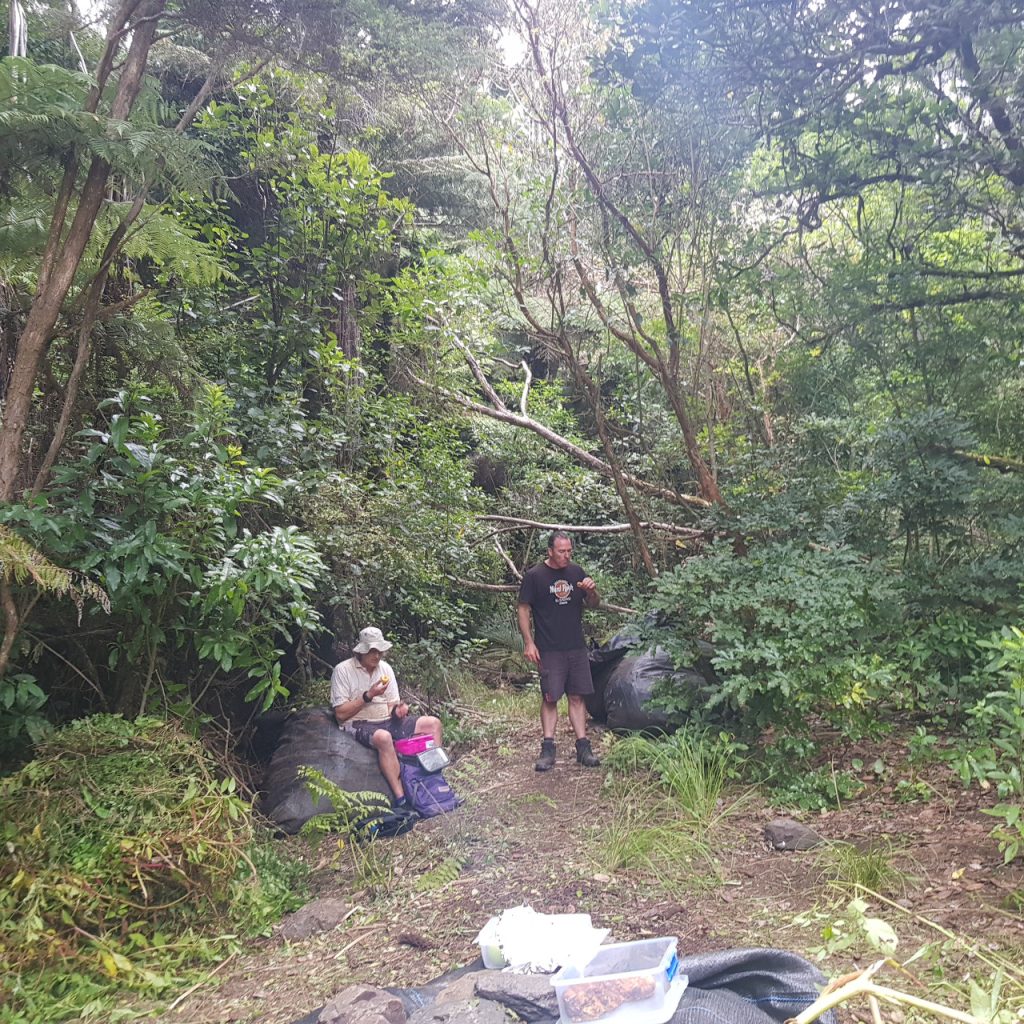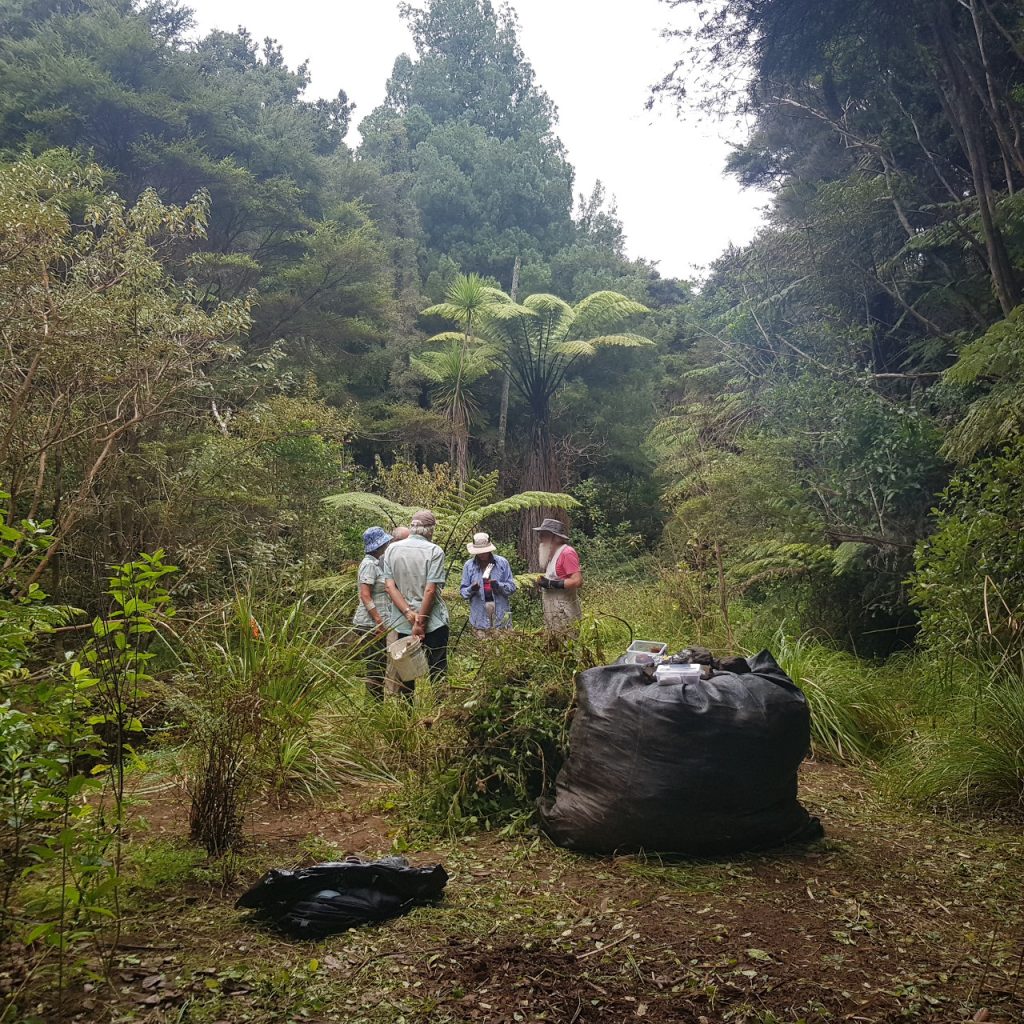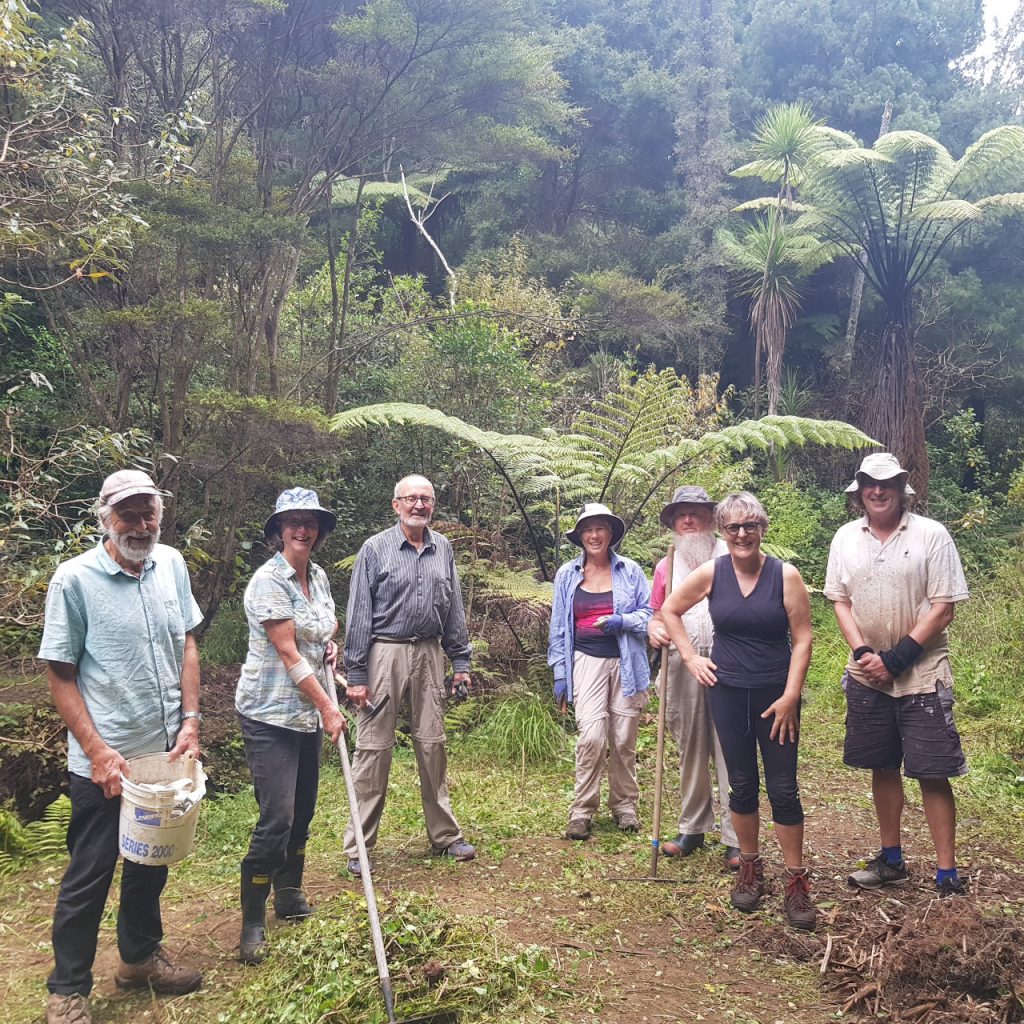We are very excited to advise that a juvenile Korimako (Bellbird) was spotted in the valley by Chris Wadsworth during our last working bee on Sunday, 6 March. The fact it was a juvenile suggests they might be breeding in the area. The efforts of our volunteer trappers are clearly paying off as indicated by a marked increase in native birdlife and we are thrilled to bits with this recent discovery. The cheeky, bossy juvenile was captured on the attached video. If you zoom in, you will be able to see its fluffy feathers. Thanks to Errol Albon, Nik Erikson and Jo Evans for their ongoing pest control support.
Thanks to John Harvey for the video
